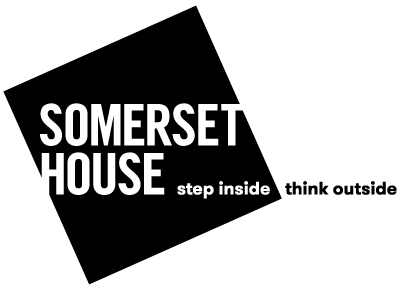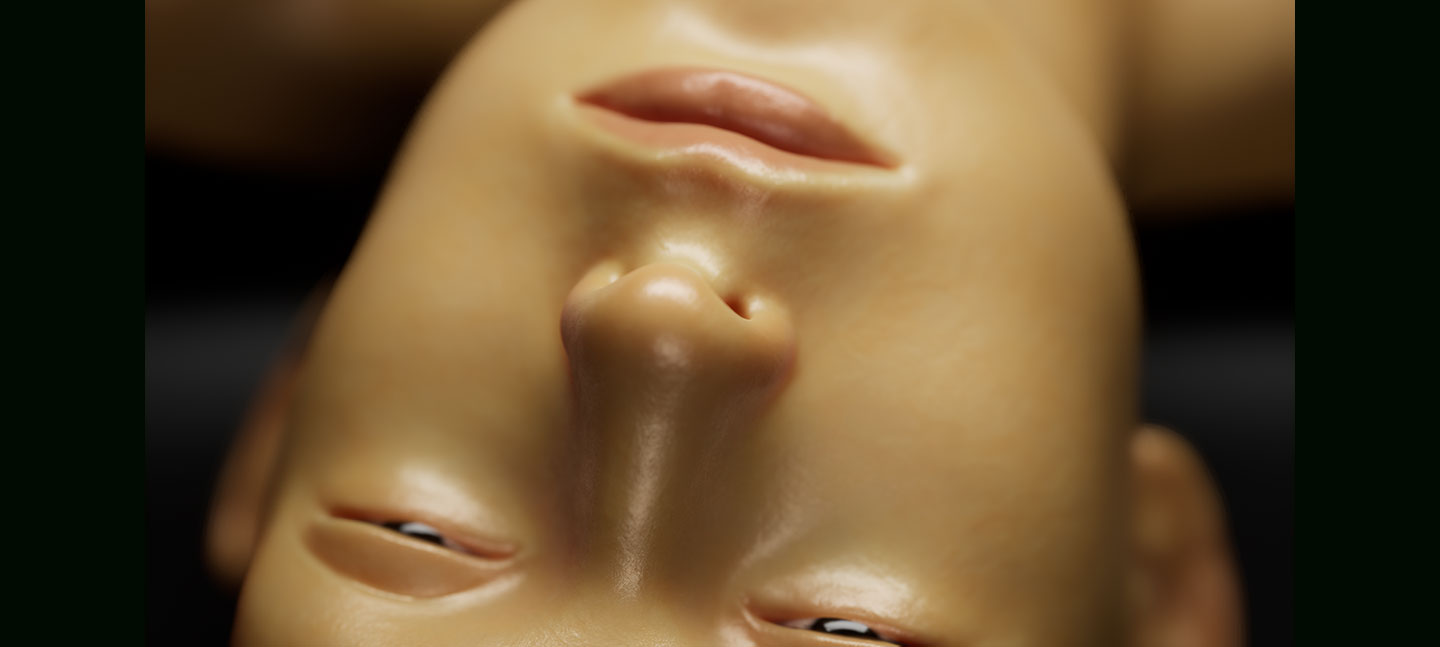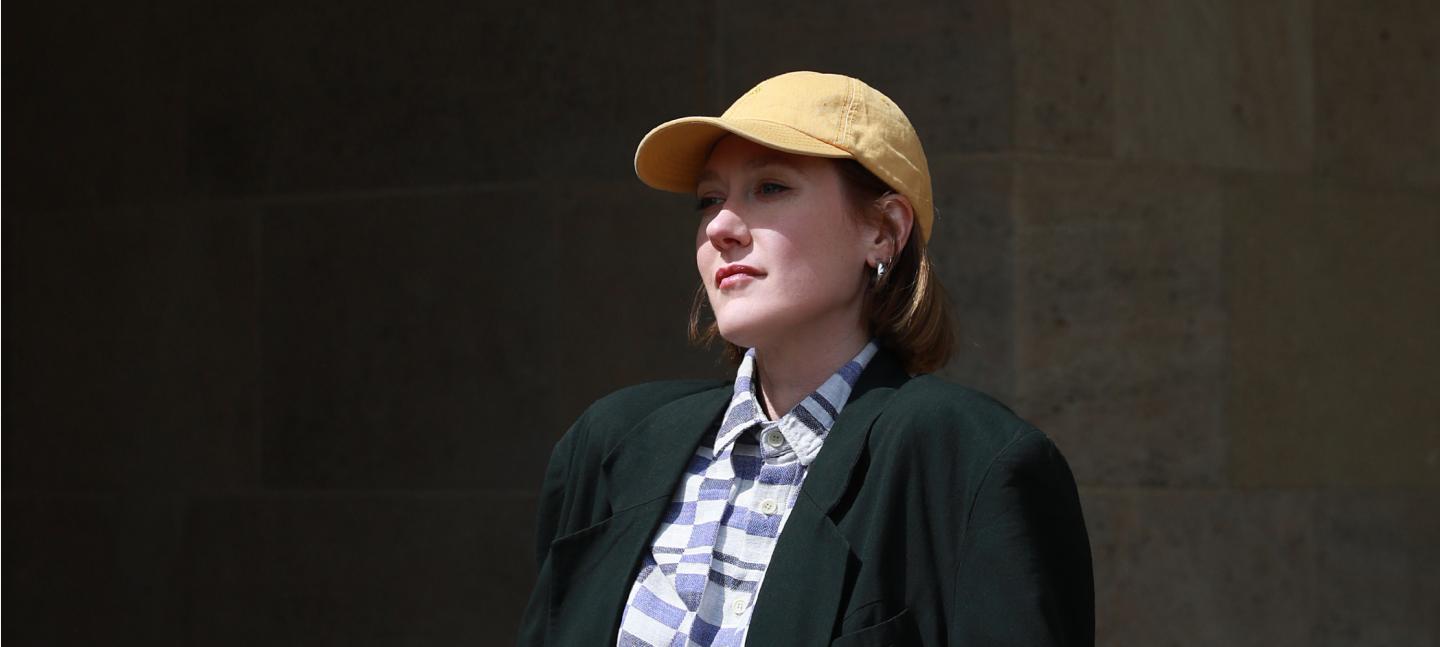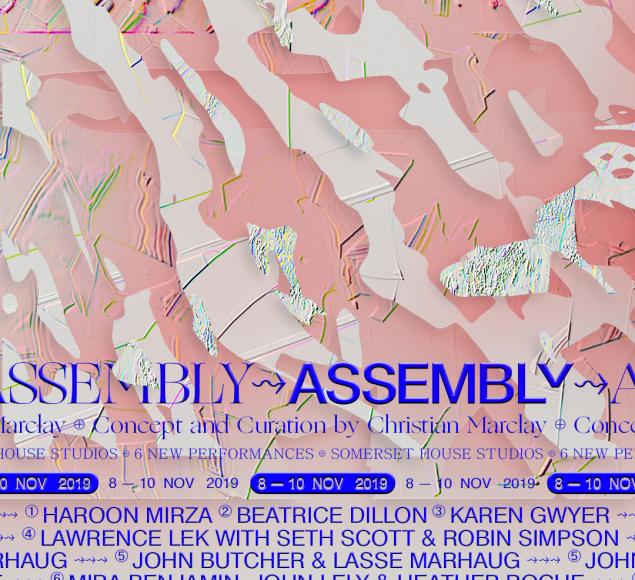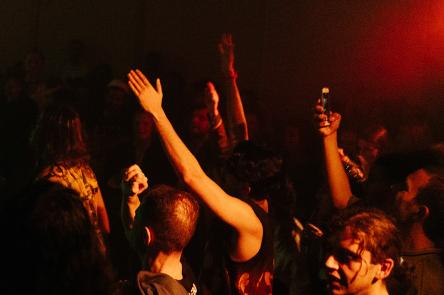
Restraint, breaking convention, and the personal experiences driving her music: Karen Gwyer unpacks the processes behind her new piece commissioned for this year’s ASSEMBLY series, guest-curated by Christian Marclay.
Known for her expansive and largely analogue live electronic performances, Karen Gwyer’s signature musical style is one that shifts between pumping, thickly melodic, just left-of-techno and diversionary acidic psychedelia. The US artist, now based in Berlin after over a decade of living in London, returns to her previous home to present a new moving yet sobering piece for Somerset House Studios’ ASSEMBLY series; a composition charged by her emotions toward the city and the conflict of looking at it now from afar.
Featuring new works from the likes of Beatrice Dillon, Haroon Mirza, Lawrence Lek and more, ASSEMBLY’s three-day programme sees a number of performances by invited artists in response to guest curator Christian Marclay’s conceptual vision for the series; for each piece to work directly with the unpredictable hive of activity and noise of Somerset House’s surrounding area as a compositional framework, created live inside the building's Lancaster Rooms. Approaching the Waterloo Bridge street noises as drums, Karen Gwyer plans to manipulate and process the ambient sounds to create a new high intensity multilayer, polyrhythmic piece.
Karen-046- CREDIT_ MARIE STAGGAT.jpg
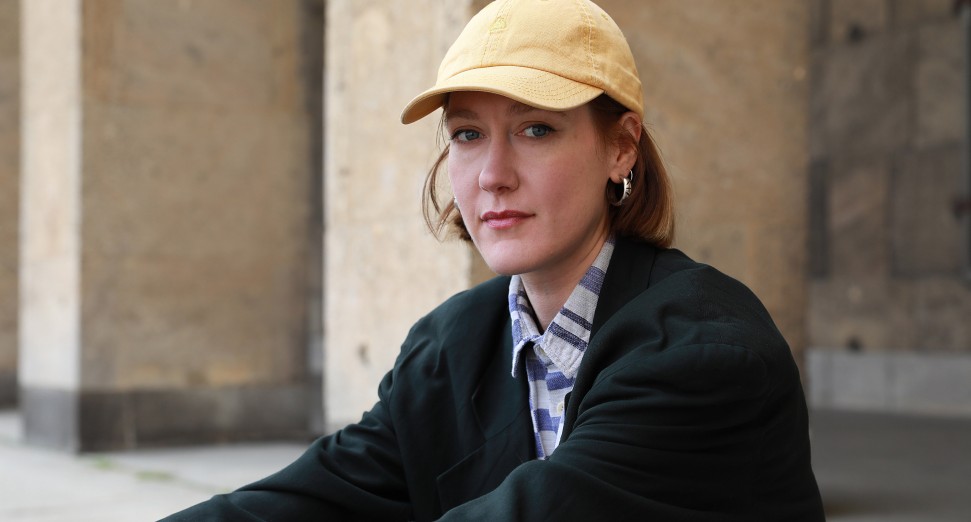
What appealed to you about getting involved in this project?
Many things appealed about it. I liked the fact that I could potentially introduce a narrative lens through which the audience might view the city outside. As an ex-Londoner, I immediately relished the chance to return not in my normal guise as a club act, but rather with a performance that could allow me to confront the city again, having left in bitterness, remorse and relief. Also, simply seeing how other artists will interpret the same brief I was given, and what shape the whole project takes in the end, under Christian's curation, is an incredibly fascinating prospect.
In previous interviews you’ve talked about wanting your music to resist predictability. How have you interpreted Christian Marclay’s curatorial vision for your ASSEMBLY piece? Should we expect the unexpected?
To be honest, I'm never sure where expectations lie, although I admit that this piece is very much in line with my own emotional sound, that maybe one or two people in the audience might be familiar with. My interpretation is rooted in a desire to transport and contort the rhythm and hum of the street to a place where a distinctly disquieting mix of beauty, dread and impulse fills the room.
